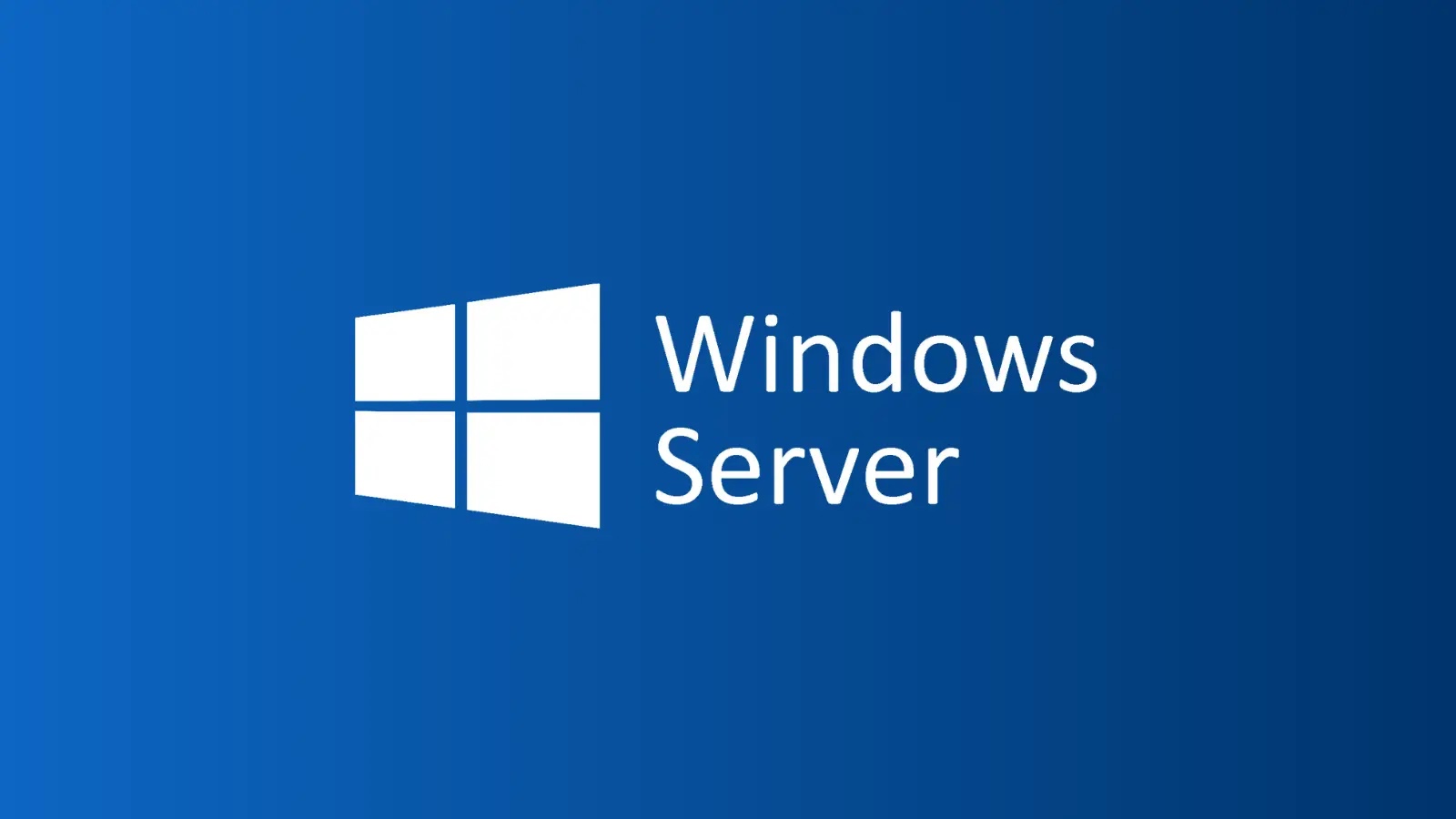
PoC Exploit Released for Windows Server Update Services Remote Code Execution Vulnerability
Critical WSUS Vulnerability: PoC Exploit Exposes Servers to Remote Code Execution
The cybersecurity landscape has just been significantly shaken by the public release of a Proof-of-Concept (PoC) exploit for a critical vulnerability in Microsoft’s Windows Server Update Services (WSUS). This flaw, identified as CVE-2025-59287, allows unauthenticated attackers to achieve remote code execution with SYSTEM privileges on affected servers. For organizations relying on WSUS for patch management, this poses an immediate and severe risk, demanding urgent attention and remediation.
Understanding CVE-2025-59287: The WSUS RCE Threat
At the heart of CVE-2025-59287 is an unsafe deserialization vulnerability within WSUS’s handling of AuthorizationCookie. Deserialization vulnerabilities occur when an application reconstructs data from a serialized format without properly validating its integrity or origin. In this specific case, an attacker can craft malicious input within this cookie to gain control over the deserialization process. This manipulation ultimately leads to the execution of arbitrary code on the WSUS server.
Given a CVSS v3.1 score of 9.8 (Critical), the severity of this vulnerability cannot be overstated. The ability for an unauthenticated attacker to achieve SYSTEM-level remote code execution means complete compromise of the WSUS server, offering a gateway into the broader network. Such access could be used for data exfiltration, deployment of ransomware, or lateral movement to other critical systems.
Impact of the PoC Exploit Release
The public availability of a PoC exploit significantly escalates the threat. Before a PoC, exploiting a complex vulnerability might require specialized knowledge and resources. With a readily available PoC, even less sophisticated attackers can leverage the flaw. This transition often leads to a rapid increase in exploitation attempts as threat actors integrate the exploit into their toolkits. Organizations must assume that their internet-facing or internally accessible WSUS servers are now under immediate threat of attack.
Remediation Actions
Immediate action is paramount to mitigate the risks associated with CVE-2025-59287. Organizations should prioritize the following steps:
- Apply Microsoft’s Security Updates: The most crucial step is to apply all available security patches from Microsoft that address CVE-2025-59287. Ensure all WSUS servers are updated to the latest patched versions.
- Network Segmentation and Firewall Rules: Isolate WSUS servers as much as possible. Restrict access to WSUS ports (typically TCP 8530/8531 or 80/443) only from necessary client subnets and administrative workstations. Minimize direct internet exposure.
- Principle of Least Privilege: Ensure that the service accounts running WSUS components operate with the absolute minimum necessary privileges.
- Implement Web Application Firewalls (WAFs): While not a direct patch, a properly configured WAF can sometimes provide an additional layer of defense by detecting and blocking malicious HTTP requests related to deserialization attacks.
- Monitor WSUS Servers: Increase monitoring on WSUS servers for unusual activity, unexpected outbound connections, or changes to system configurations.
- Regular Backups: Maintain regular, secure backups of your WSUS database and server configurations to ensure recovery capabilities in case of a compromise.
Tools for Detection and Mitigation
While direct patching is the primary solution, various security tools can assist in detecting potential exploitation attempts or auditing the security posture of WSUS deployments.
| Tool Name | Purpose | Link |
|---|---|---|
| Microsoft Update Catalog | Locate and download specific security updates for WSUS. | https://www.catalog.update.microsoft.com/ |
| Vulnerability Scanners (e.g., Nessus, Qualys, OpenVAS) | Scan network devices and applications for known vulnerabilities, including WSUS flaws. | Varies by product |
| Endpoint Detection and Response (EDR) Solutions | Monitor WSUS servers for suspicious process execution, file modifications, or network connections indicative of compromise. | Varies by product |
| Network Intrusion Detection/Prevention Systems (NIDS/NIPS) | Identify and potentially block network traffic patterns associated with known deserialization attacks or PoC exploits. | Varies by product |
Conclusion
The release of a PoC exploit for CVE-2025-59287 signifies a heightened threat level for all organizations utilizing Windows Server Update Services. This critical remote code execution vulnerability demands immediate and decisive action. Prioritizing the application of Microsoft’s security updates, coupled with robust network segmentation, vigilant monitoring, and adherence to the principle of least privilege, will be crucial in defending against potential attacks and securing your infrastructure.





